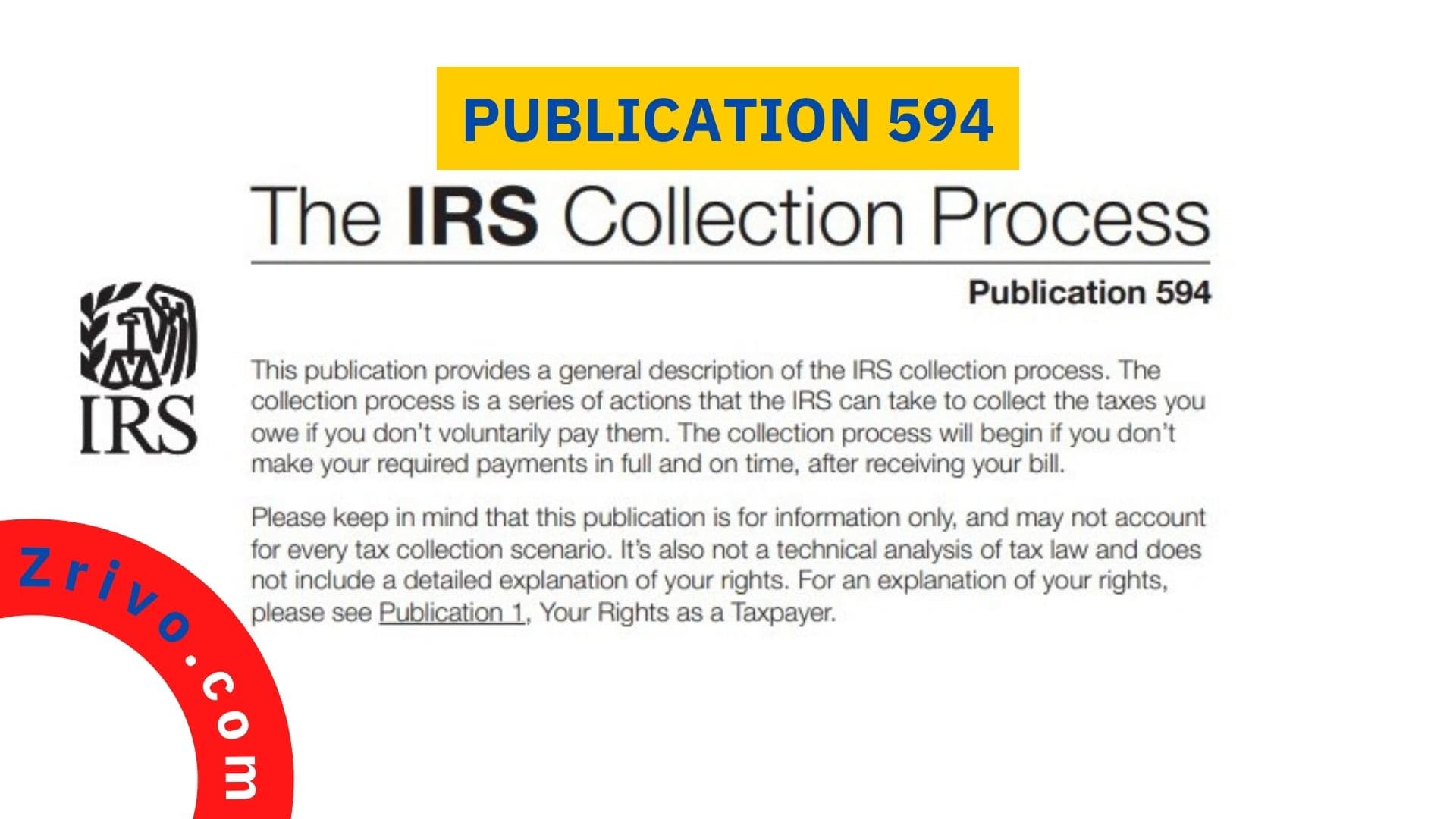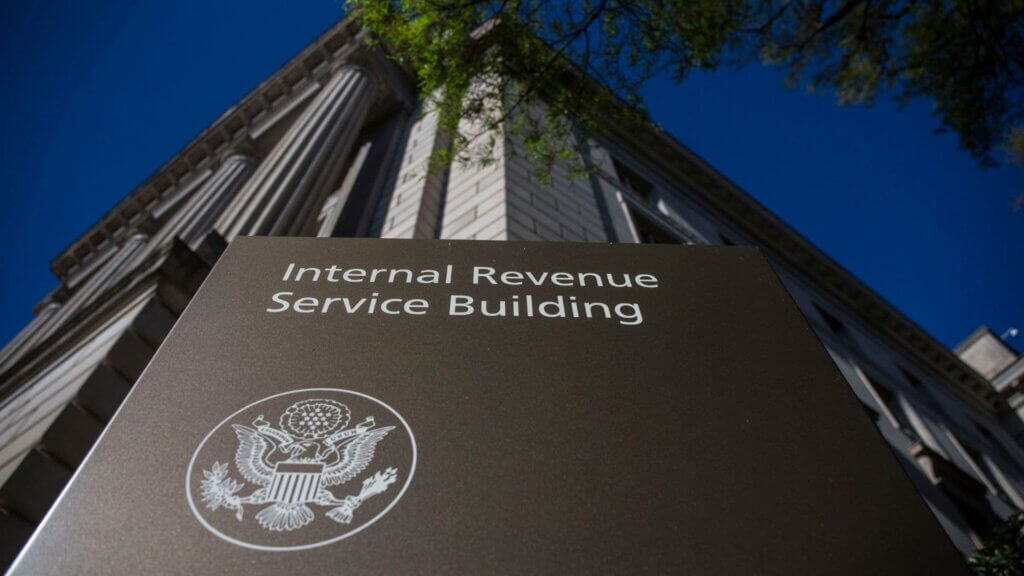
Publicatioın 594 is the IRS booklet on how the taxes are collected by themselves. It features various useful tax information, including IRS collection tools, best practices for paying your taxes, and what to do if you are hit with an IRS audit. Publication 594 is a must-read for all taxpayers and should be on every taxpayer’s shelf. This publication is not only informative but also fun to read. Its pages are filled with colorful pictures and interesting facts about the federal tax system. The information found here will help you get on the right track to a happier and more prosperous future.
Whether you are a newcomer to the United States or an experienced veteran of the tax code, it is important to understand how taxes are collected so that you can plan ahead for the future and avoid the most common pitfalls. For example, you may be able to avoid paying your taxes in full by making small payments on a monthly basis or utilizing the IRS’s many payment options. There are many ways to pay your taxes, but the most effective and streamlined solution is the one that best meets your needs. It is your job to make sure that you are current on all of your federal tax obligations by being on top of your taxes through regular filings, timely payments, and any changes to your circumstances. If you are having trouble, there is help available at all times.

How the IRS collects Taxes?
The Internal Revenue Service (IRS) collects taxes to fund federal government programs. This money helps pay for schools, roads, national parks, and other public services, which benefit the whole nation. The IRS also collects revenue from individual taxpayers, small businesses, and corporations through income, excise, estate, gift, and other taxes. The agency also collects fees from certain activities such as parking meters, water and sewage usage, and other licenses. In addition to revenue collections, the IRS issues administrative rules and regulations to help ensure compliance with tax laws. These rules and regulations provide guidance to taxpayers and can be relied upon as legal authority. Many of these laws and rules are set by statute. The IRS has the right to enforce them and can use legal tools like collection notices, tax liens, and levies to collect back taxes.
For example, the IRS can send a notice to collect unpaid income tax if a taxpayer fails to file a return by a deadline. The IRS can also seize a taxpayer’s assets, such as a home, to pay back unpaid taxes. Another tool the IRS uses to collect back taxes is the Collection Statute Expiration Date (CSED). This statute allows the IRS a 10-year window to try and collect delinquent taxes that were filed in the past. This time period is not an absolute amount of years, but it is sufficient to give the IRS enough time to leverage all of its legal options to collect. When the IRS thinks it is too late to collect a back tax, the agency may report the debt as not collectible and delay collection until a taxpayer can afford to pay the full balance. If the IRS decides to pursue collection, it will typically start by sending collection notices. If you are having difficulty paying your back taxes, the best thing to do is make arrangements with the IRS to pay them in installments. You can do this through the IRS website or by calling the IRS directly. You should also ask the IRS to delay collection and report your account as currently not collectible if you have a financial hardship.

Understanding the IRS’ Tax Collection Process
Taxpayers are often surprised that they owe the IRS money after filing their tax returns. It’s not something most people enjoy hearing, but the reality is that the IRS has a number of ways to collect back taxes. The IRS typically starts by sending a letter that details the balance owed to the agency and the date it was due. It also includes any interest and penalties accrued since the tax return’s due date. If the taxpayer does not pay in full, the IRS will take more aggressive action. This includes placing a lien on the property of the taxpayer or taking their wages through garnishment.
It’s important to understand that the IRS can only place liens or seize assets if necessary to collect the amount owed. This includes if the taxpayer cannot make payments because of an illness, financial hardship, or unemployment. Unlike many other agencies, the IRS has more than a decade from the date the taxes were assessed to collect them. This is why paying your taxes as soon as possible is a good idea to avoid added interest charges and penalties. Tax collection is an important part of the IRS’s revenue-retention efforts. Although the number of delinquent accounts increased from 2010 to 2018, collections revenues remained between 8 percent and 10 percent of the unpaid assessments.
Delinquent accounts are typically opened by the IRS when a tax return is filed that does not include full payment of all taxes or when an examination assessment has not been paid promptly. The agency also has programs that identify nonfilers through third-party information or prior-year filings. The number of nonfiler investigations has decreased recently as the IRS lost 15,000 enforcement employees between 2010 and 2018. The tax collection process can be difficult to navigate if you don’t understand what’s going on. It’s best to get help from a tax attorney before you start making payments or signing documents. This will give you time to develop a plan and work with the IRS. This will also help you avoid the worst consequences of a collection case, such as a tax lien or wage garnishment.